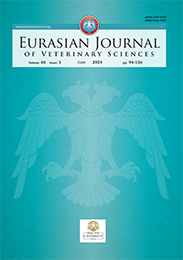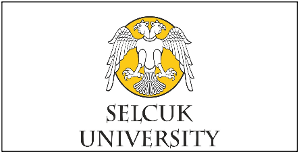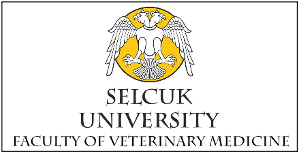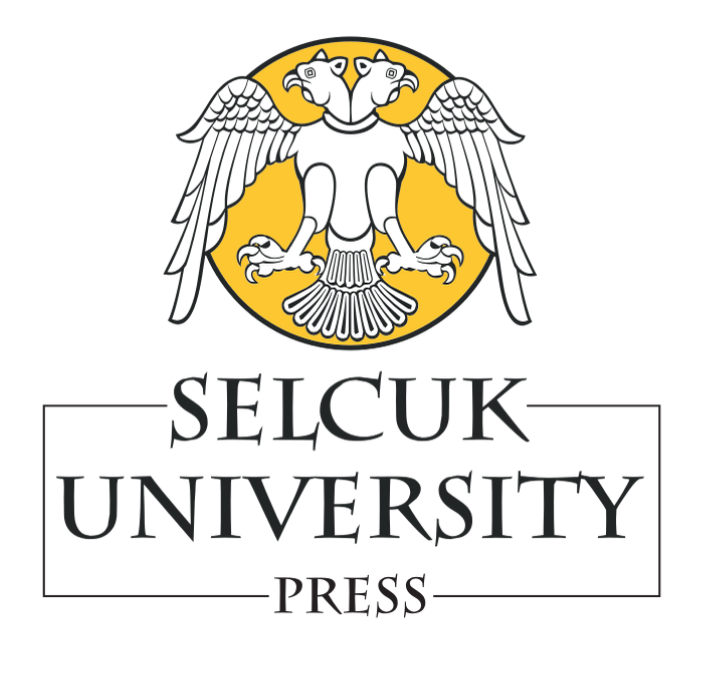| 2025, Cilt 41, e0450 |
| [ PDF ] [ Benzer Makaleler ] |
| The Effect of Ultrasound-Treated Donkey Milk on some Serum Antioxidant and Cytokine Levels as well as ANAE-Positive Lymphocyte Ratios in Rat Trial Models |
| Ihsan Kisadere1, Mehmet Faruk Aydin2, Tevhide Elif Guner3, Berfin Altundal3 |
| 2Department of Physiology, Faculty of Veterinary Medicine, Balıkesir University, Balıkesir, Türkiye 2Department of Histology and Embryology, Faculty of Veterinary Medicine, Balıkesir University, Balıkesir, Türkiye 3Department of Public Health, Faculty of Veterinary Medicine, Balıkesir University, Balıkesir, Türkiye |
| Keywords: Antioxidants, Cytokines, Donkey milk, Rat, Ultrasound |
| Downloaded:90 - Viewed: 174 |
|
This study aimed to compare the effects of slow pasteurization and ultrasound
treatment on the physicochemical and microbiological quality of donkey milk (DM)
and to investigate how these processing methods influence specific antioxidant
and immunological responses in rats. In the first stage, donkey milk samples were
collected from twenty-two healthy donkeys and categorized into three groups:
raw (Rm), pasteurized (Pst; 65 °C for 30 min), and ultrasound-treated (Ult; 100%
amplitude for 6 min). Physicochemical parameters (e.g., pH, color, water activity,
titratable acidity) and nutritional composition (dry matter, protein, fat, lactose)
were determined. Microbial analyses included total aerobic mesophilic bacteria,
coliforms, molds/yeasts, coagulase-positive Staphylococcus, and lactic acid bacteria
counts. In the second stage, twenty-eight adult male Wistar albino rats were assigned
to four groups (control, Rm, Pst, Ult) and each experimental group received 48 mL
of the respective DM daily for four weeks. At the end of the feeding period, the rats
were sacrificed, and blood samples were collected. Serum levels of malondialdehyde
(MDA), glutathione (GSH), catalase (CAT), superoxide dismutase (SOD), and various
cytokines (IL-1?, TNF-?, IL-6, IL-10) were quantified. Differential leukocyte counts
(lymphocytes, monocytes, neutrophils) and ANAE-positive lymphocyte percentages
were also assessed. Although MDA and GSH levels were unaffected by DM type,
SOD activities were significantly higher in all DM-fed groups relative to controls.
Ultrasound-treated DM showed a more pronounced impact on pro-inflammatory
cytokine levels (IL-1?, TNF-?, IL-6) than pasteurized milk, while IL-10 remained
unchanged among the groups. Neither pasteurization nor ultrasound treatment
affected the differential WBC or ANAE-positive lymphocyte percentages. Overall,
ultrasound treatment offered a superior microbial load reduction without adversely
impacting antioxidant or bioactive components. These findings suggest that
ultrasound application may serve as a viable alternative to traditional pasteurization
for preserving the functional properties of donkey milk.
|
| [ PDF ] [ Benzer Makaleler ] |





